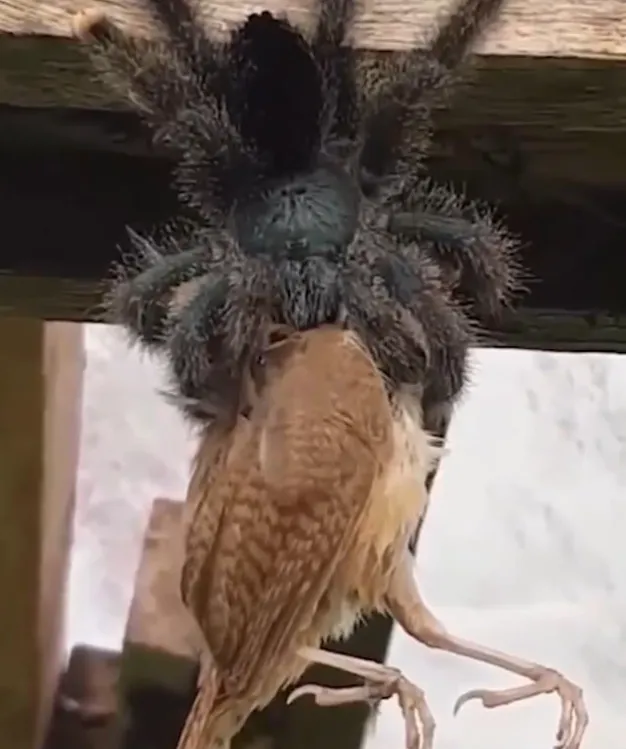Caring for a tarantula can be a rewarding experience, but it’s crucial to understand their dietary needs to ensure their health and longevity. The tarantula diet is relatively straightforward, but there are specifics to consider. This guide will delve into what tarantulas eat, how often to feed them, and other essential aspects of their diet, helping you provide the best possible care for your eight-legged friend.
What Do Tarantulas Eat
Tarantulas are primarily insectivores, meaning their diet consists mainly of insects. In their natural habitat, they will consume whatever they can catch, which includes a variety of invertebrates. In a captive environment, you’ll need to provide a diverse and nutritious selection of live food to keep your tarantula healthy and thriving. Remember, variety is key to a balanced diet, and the type of food you offer can impact your tarantula’s overall well-being.
Live Insects
Live insects form the cornerstone of a tarantula’s diet. Offering live prey stimulates their natural hunting instincts and provides essential nutrients. Always ensure the insects you provide are from a reputable source, free from pesticides, and gut-loaded (fed a nutritious diet) before being offered to your tarantula. This practice ensures that your spider receives the maximum nutritional benefit.
Crickets
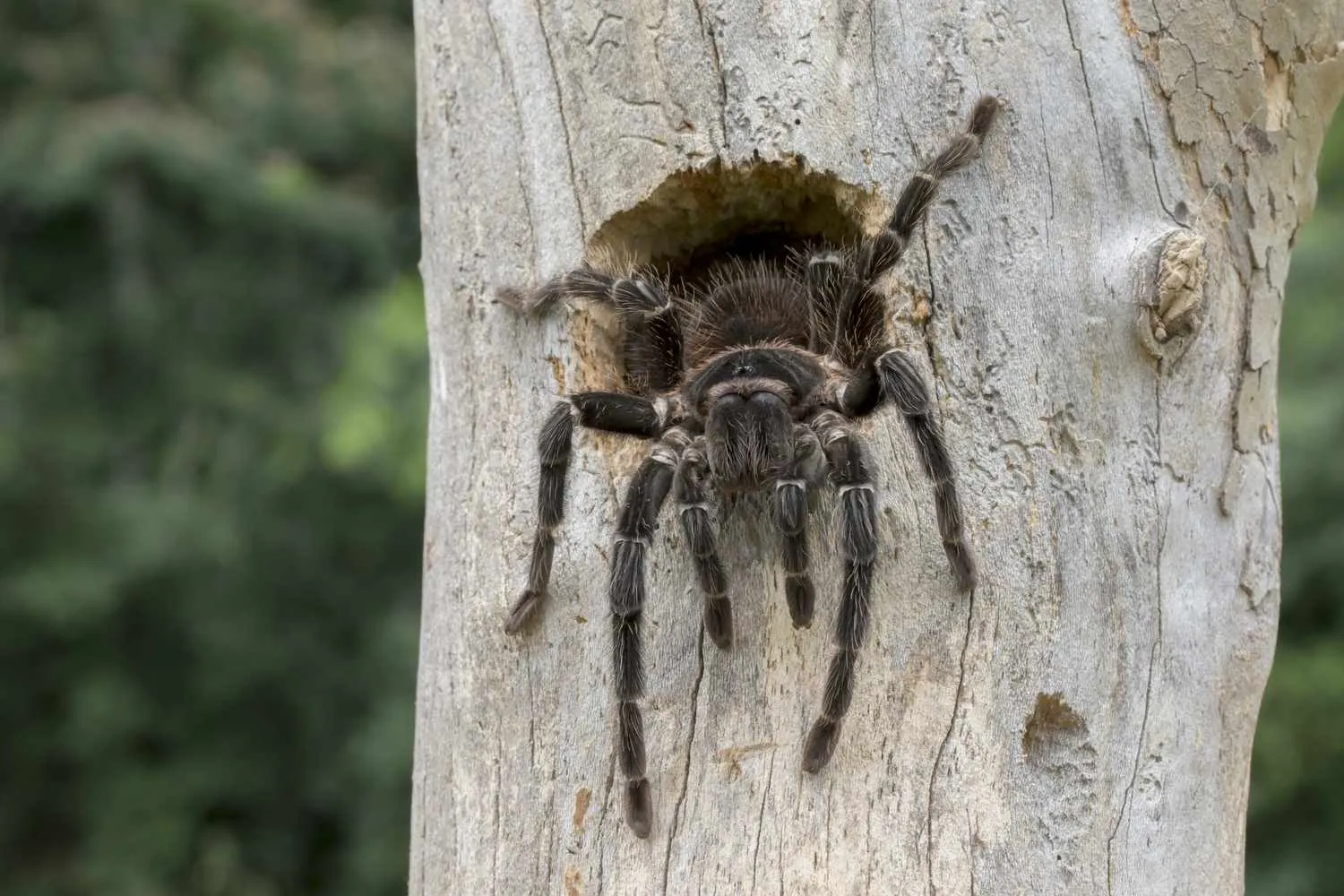
Crickets are a readily available and popular choice. They are relatively easy to breed and provide a good source of protein. Before feeding, it’s best to remove the cricket’s hind legs, as they can sometimes injure a tarantula during the hunt. Crickets should be gut-loaded with a nutritious diet such as vegetables and commercial cricket food to provide the best nutritional value to your spider. Consider the size of the cricket in relation to the size of your tarantula. Do not feed your tarantula prey that is too large.
Mealworms
Mealworms are another convenient option. They are easy to store and breed. However, they have a harder exoskeleton than crickets, so they may not be suitable for very small spiderlings or tarantulas that are about to molt. Mealworms also have a lower nutritional value than crickets, so should be offered in moderation. Always monitor your tarantula’s feeding response to avoid overfeeding.
Roaches
Roaches, such as Dubia roaches, are highly nutritious and a good food source. They are also relatively easy to breed, although they require more space and a specific environment. Roaches provide a good balance of nutrients and are usually well-accepted by tarantulas. Like crickets, roaches should be gut-loaded before feeding. They have a soft body and are easy to eat for any size of tarantula. Roaches offer a high protein level with a high nutritional value.
Other Insects
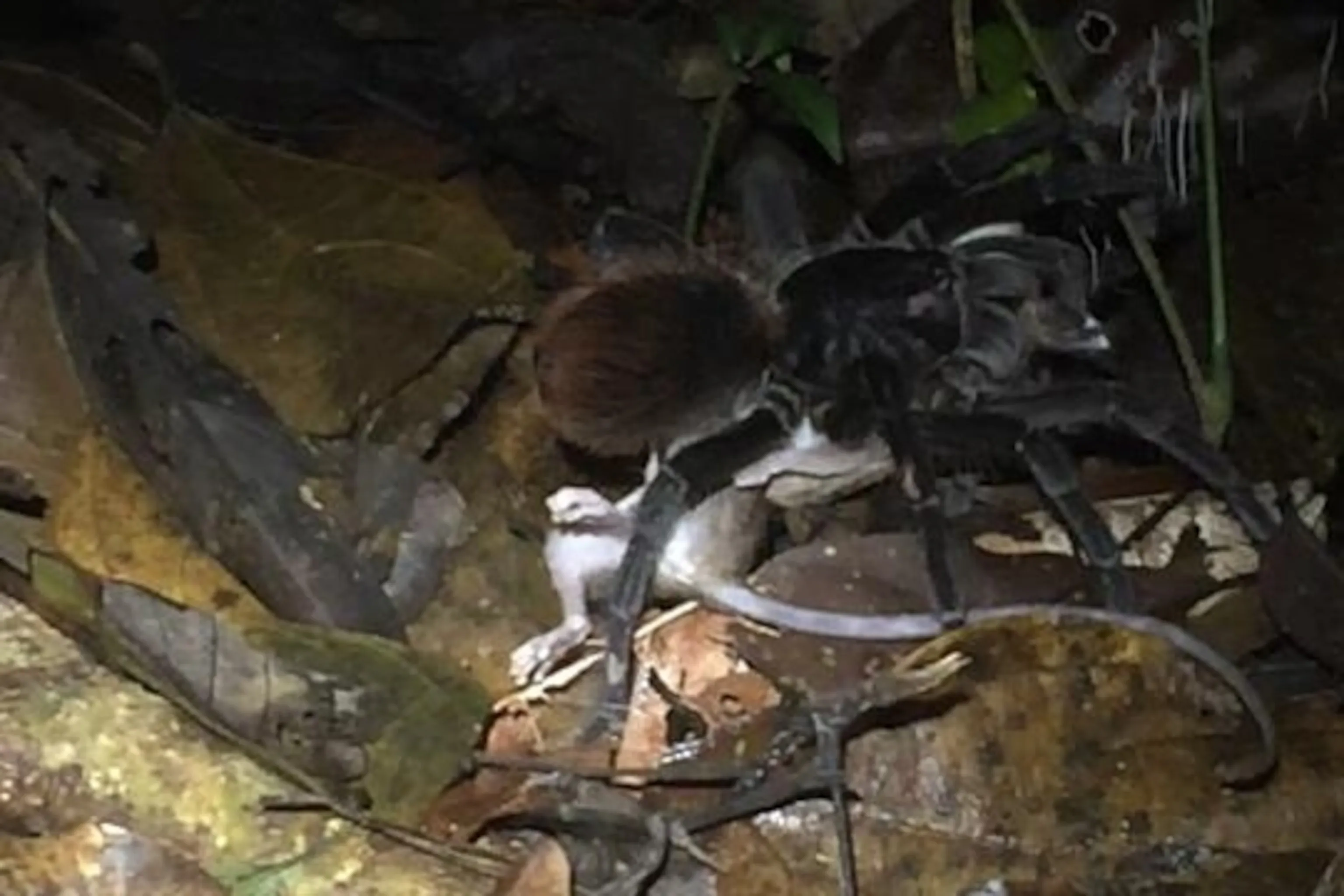
Besides crickets, mealworms, and roaches, you can also offer a variety of other insects to diversify your tarantula’s diet and provide different nutrients. This variety can prevent nutritional deficiencies and keep your tarantula engaged. Be sure to research and source these insects from a reputable supplier to avoid introducing any harmful parasites or diseases into your enclosure. Remember that insects should be of a suitable size, easy to catch and digest.
Waxworms
Waxworms are high in fat and should be offered sparingly, as they can lead to excessive weight gain. They are a good treat, but should not be a staple in the tarantula’s diet. If you are feeding your tarantula waxworms, be aware of how often you are doing so and the size of your tarantula. Waxworms can be a delicious option for your tarantula, just remember to offer them in moderation and as a treat.
Superworms
Superworms are a more substantial food source than mealworms. They are also higher in fat and should be offered with caution. Similar to waxworms, they should be given as a treat rather than a regular part of their diet. Superworms are an excellent option for larger tarantulas, but it is essential to monitor their consumption and adjust the feeding schedule accordingly.
Pinky Mice
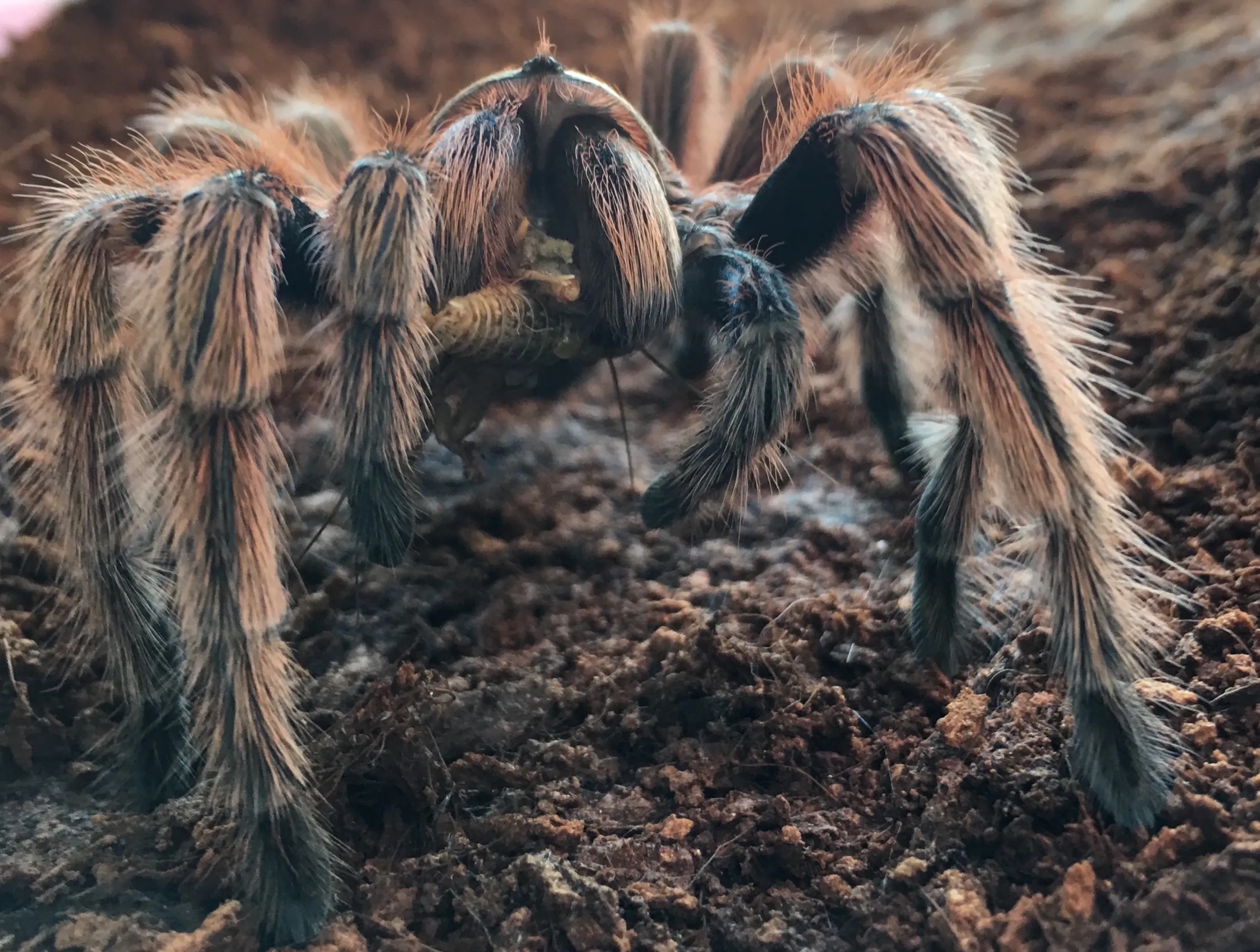
Pinky mice (baby mice without fur) can be offered to larger tarantulas. However, they should be given infrequently, as they are high in protein and fat. Overfeeding pinky mice can lead to health problems. Also, ensure the pinky mice are sourced from a reliable supplier and are free from diseases. Many keepers do not offer pinky mice at all. It is important to consider your tarantula’s size and its specific dietary needs before making this decision. They also require more cleaning in the enclosure after a pinky mouse is consumed.
Feeding Schedule for Tarantulas
The frequency with which you feed your tarantula depends on its age and size. Spiderlings, juveniles, and adults have different needs. It is essential to observe your tarantula’s behavior and adjust the feeding schedule accordingly. Keep in mind that overfeeding can be just as harmful as underfeeding. Always remove uneaten food within 24 hours to prevent the growth of mold or mites.
How Often to Feed
The frequency of feeding is crucial for a tarantula’s health. It is best to establish a routine. Monitor how much they eat, and how quickly the food is consumed. Observe their behavior. Some tarantulas may be more eager to eat than others. It is all dependent on your tarantula, which means your feeding schedule is flexible and may change as your tarantula matures.
Spiderlings
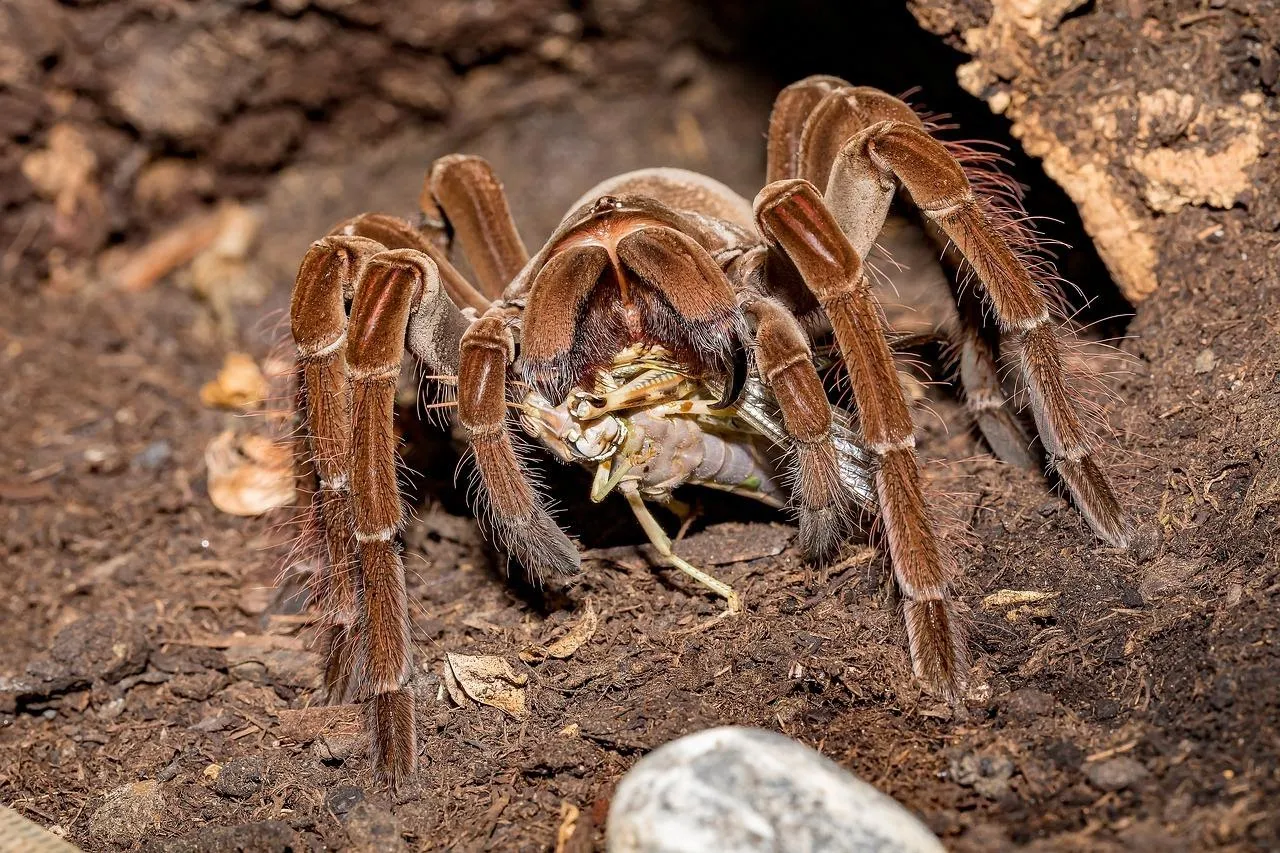
Spiderlings, the youngest tarantulas, require more frequent feeding. Feed them every day or every other day. The size of the prey should be appropriate for their size. Small, flightless fruit flies or pinhead crickets are good options. Spiderlings are growing rapidly, so a regular supply of food is essential to support their development. It is critical to provide an appropriate amount of food so that they grow at a healthy pace.
Juveniles
Juvenile tarantulas can be fed two to three times a week. Adjust the size of the prey as they grow. Crickets, mealworms, and small roaches are suitable choices. Ensure the prey is not too large, as this can stress the tarantula. At this stage, tarantulas are still growing and developing, and require a consistent food supply to ensure a long, happy life. The most important thing is to get the size of prey right.
Adults
Adult tarantulas can be fed once or twice a week. The size of the prey should be appropriate for their size. Overfeeding can lead to health problems, so observe your tarantula and adjust the feeding schedule accordingly. Adult tarantulas can go for long periods without food, especially females that are preparing to lay eggs. It is also important to know when your tarantula is approaching a molt and to stop feeding them during that period.
Water and Supplements
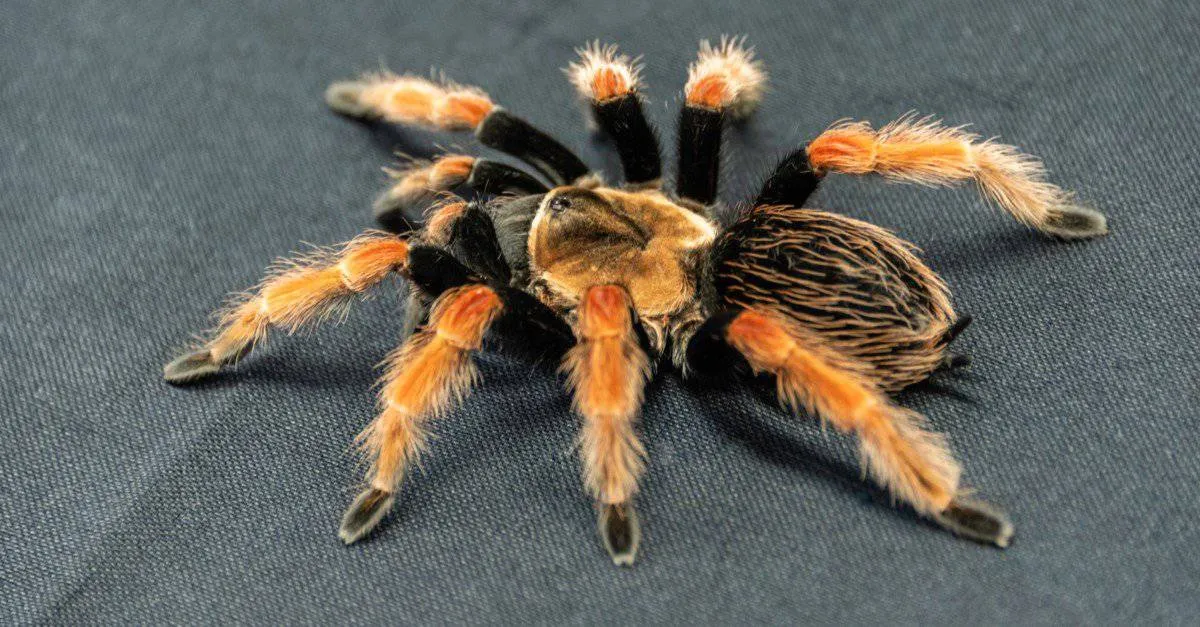
In addition to a proper diet, providing fresh water and occasional supplements is important for your tarantula’s health. Water is essential for hydration and helps in the molting process. Supplements can provide extra nutrients that may be missing from their regular diet. Always provide fresh, clean water to your tarantula.
Water Sources
A shallow water dish is essential for tarantulas. Make sure the water dish is small enough to prevent the tarantula from drowning. Use a sponge or pebbles in the water dish to provide a secure drinking area, especially for smaller spiderlings. Change the water daily to prevent the growth of bacteria and algae. Make sure the water is always fresh and clean. If you have a humidity issue, you can also lightly mist the enclosure.
Supplements and Vitamins
While a varied diet should provide most of the necessary nutrients, occasional supplements can be beneficial. Calcium and vitamin D3 supplements can help with exoskeleton development. These supplements are usually dusted on the prey items before feeding. Always follow the instructions on the supplement packaging, and avoid over-supplementing, as this can be harmful. Supplements may not always be necessary, but they are a great preventative method for many common health issues.
Food Safety and Storage
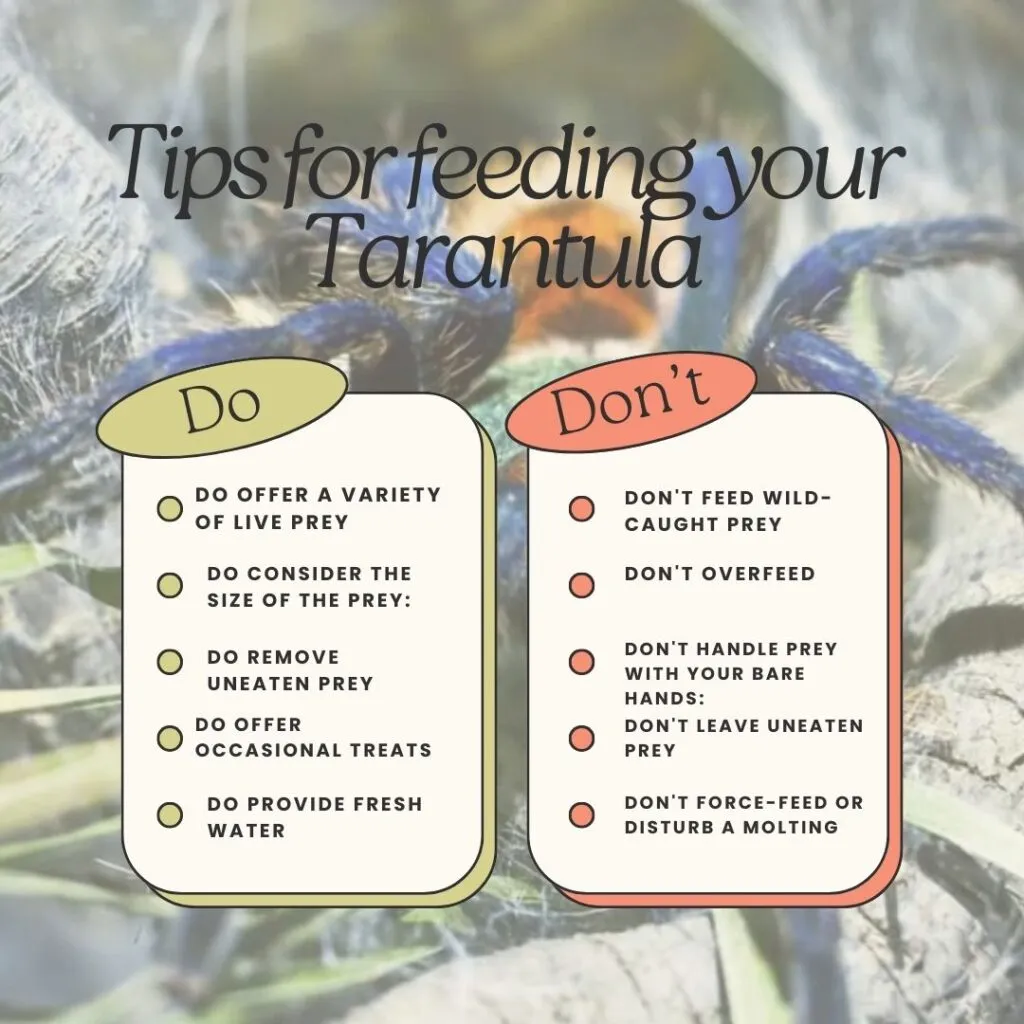
Proper food safety and storage are essential for maintaining a healthy tarantula. This includes the proper handling of live food and cleaning the enclosure regularly. You should practice good hygiene when handling food for your tarantula. Remember, that safety is a priority to maintaining a clean and healthy environment for your pet.
Storing Live Food
Store live insects in a suitable container with proper ventilation and a food source. Crickets and roaches should have access to food and water. Mealworms can be stored in a container with substrate such as oatmeal. Keep the storage environment clean and well-ventilated to prevent the spread of diseases. Keep your live food healthy to ensure that your tarantula is receiving the highest quality of nutrition.
Cleaning the Enclosure
Regularly clean the tarantula’s enclosure to remove uneaten food and waste. This will prevent the buildup of mold and mites. Remove any uneaten food within 24 hours. Replace the substrate as needed. Clean the water dish daily. A clean enclosure is essential for the health of your tarantula. This is a core part of maintaining a safe environment for your tarantula. A healthy tarantula is one that is housed in a clean and sanitary enclosure.
Signs of a Healthy Tarantula
Knowing the signs of a healthy tarantula is important for detecting any potential issues. Observing your tarantula’s appetite, behavior, and molting cycle will help you provide the best care. If your tarantula is displaying these signs, then it is very likely that you are providing the best possible care to your pet. It is vital to notice early warning signs.
Appetite and Behavior
A healthy tarantula will have a good appetite and will actively hunt prey. The tarantula should be alert and responsive to its environment. Look for signs of lethargy, loss of appetite, or unusual behavior. These could indicate a health problem. If you are unsure, consult a veterinarian that specializes in exotic animals. Do your best to stay informed about your tarantula’s behavior. Knowing the normal activity of your tarantula will help you to detect any potential issues.
Molting and Feeding
Molting is a natural process where the tarantula sheds its exoskeleton. During this time, the tarantula will typically stop eating and may appear lethargic. Do not offer food during the molting process, and do not disturb the tarantula. Once the molt is complete, and the new exoskeleton has hardened, you can resume feeding. The molting process is essential to your tarantula’s health, so it is important not to interrupt the process.
In conclusion, a well-balanced diet and proper care are critical for the health and happiness of your tarantula. By understanding their dietary needs and following these guidelines, you can ensure that your pet lives a long and fulfilling life. Remember to observe your tarantula, adapt to its needs, and enjoy the fascinating world of tarantula ownership.
